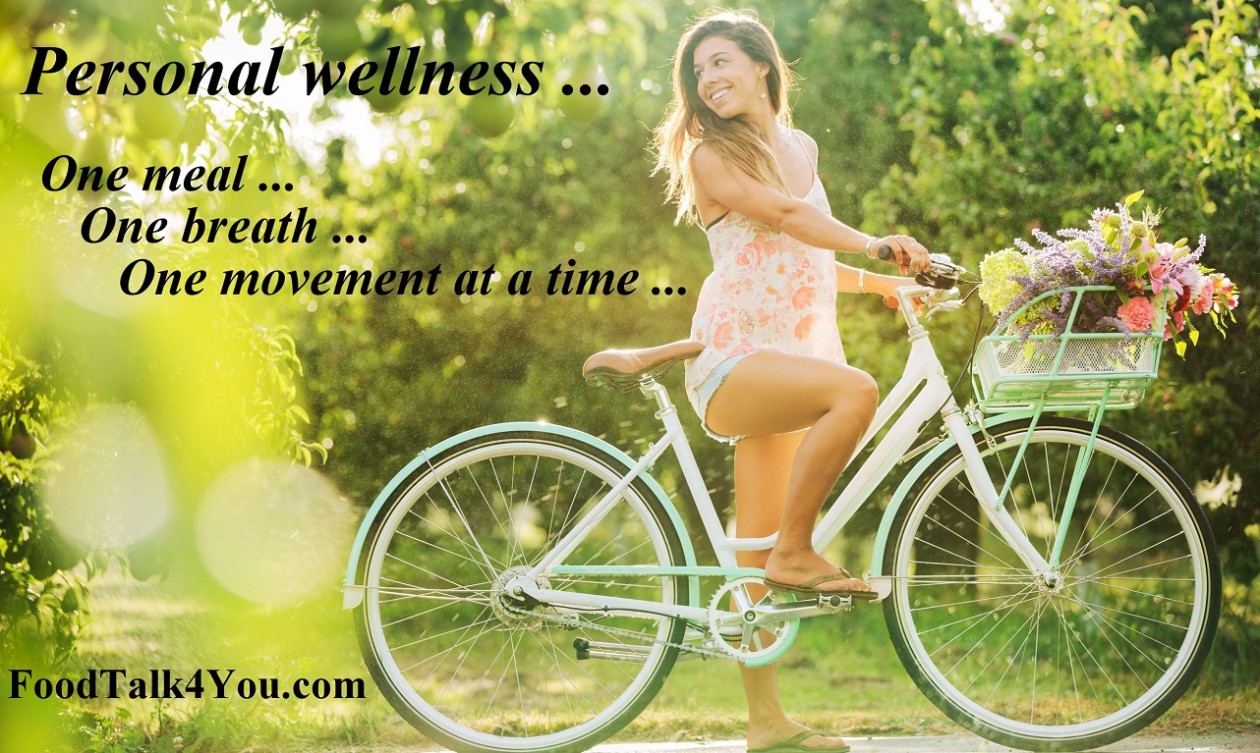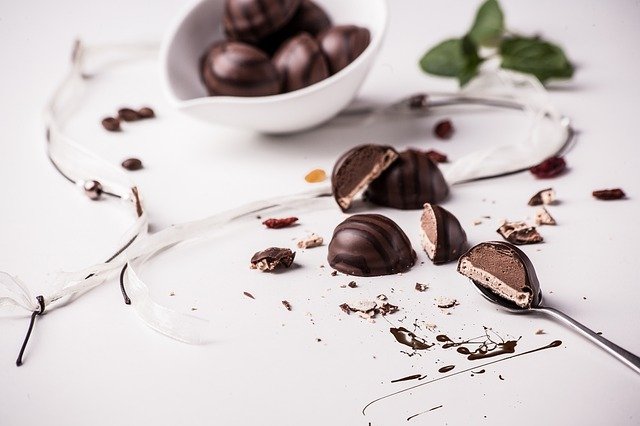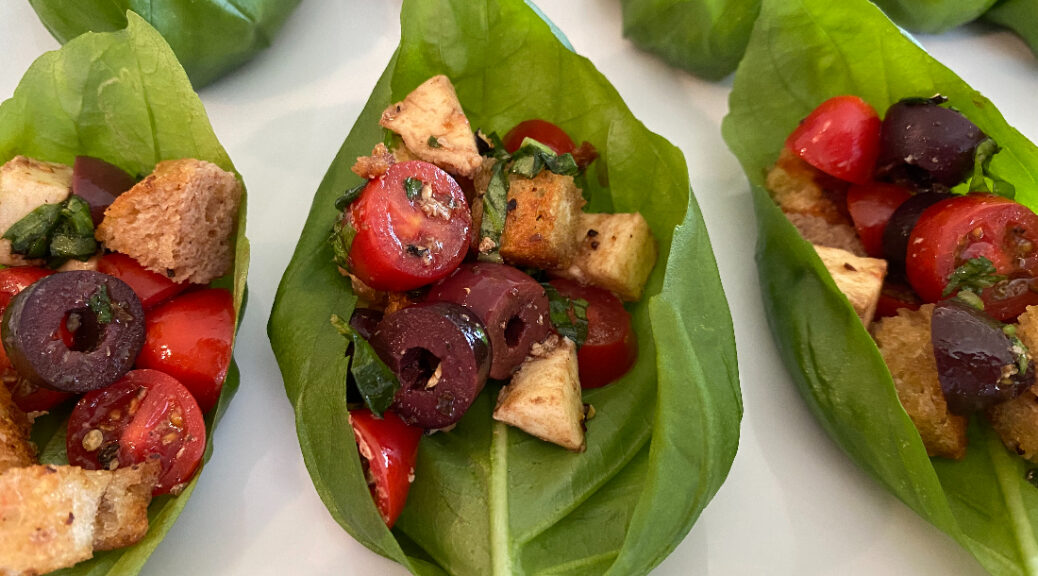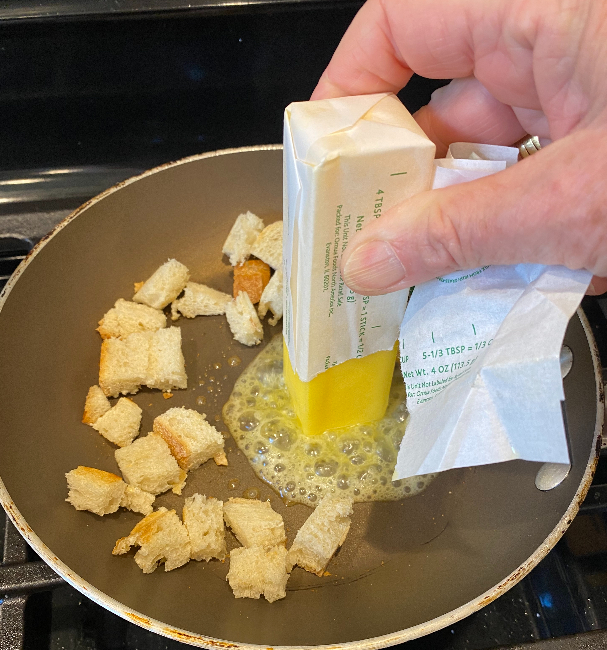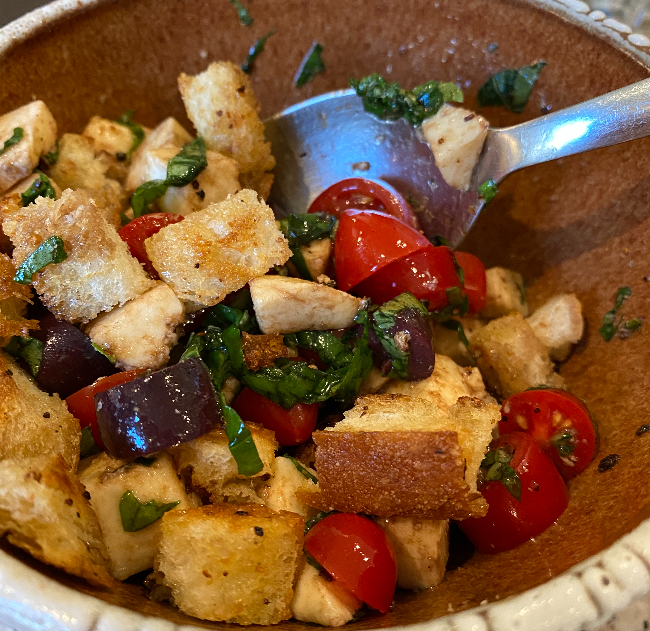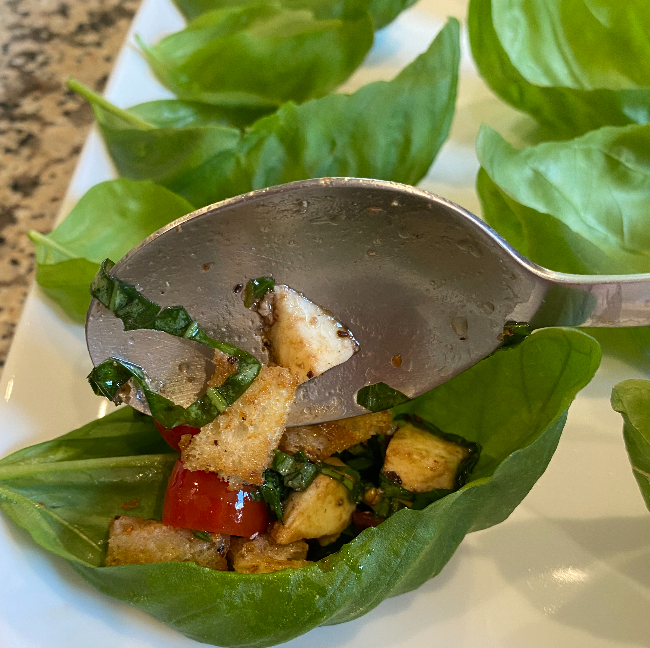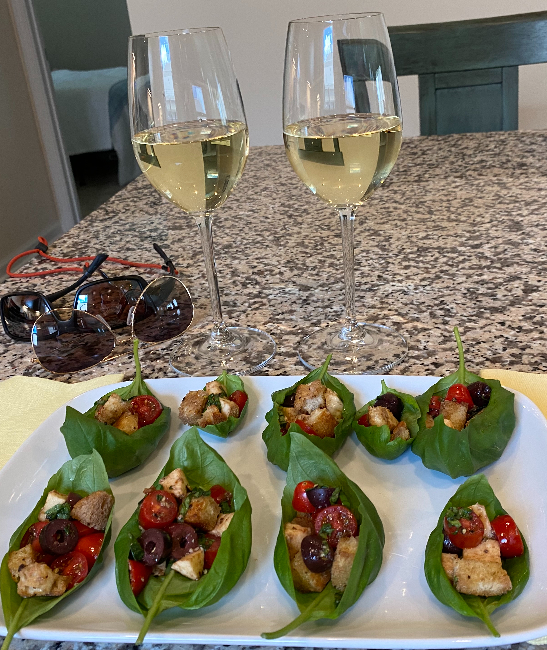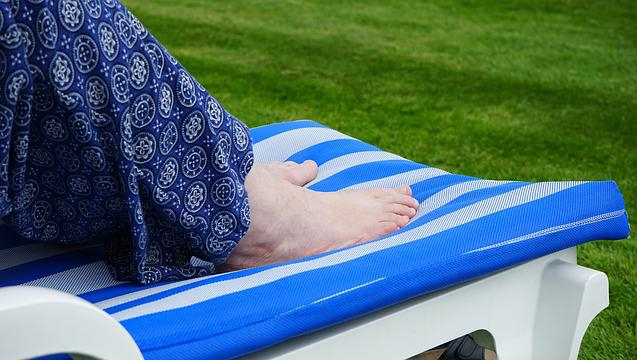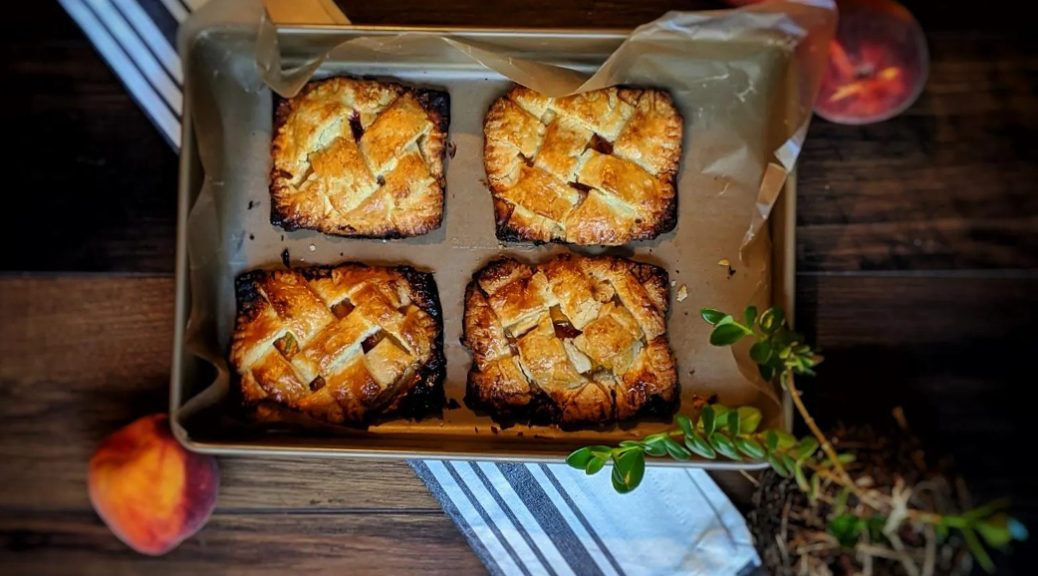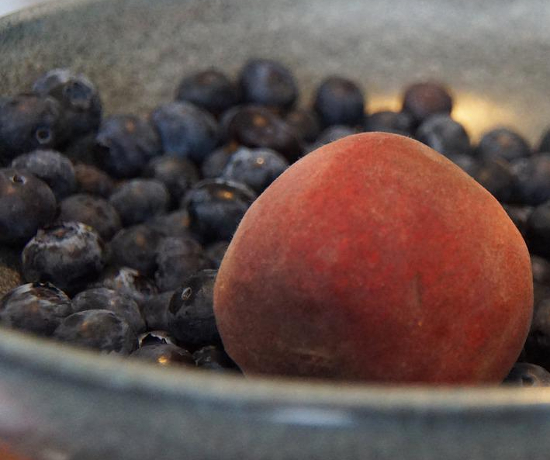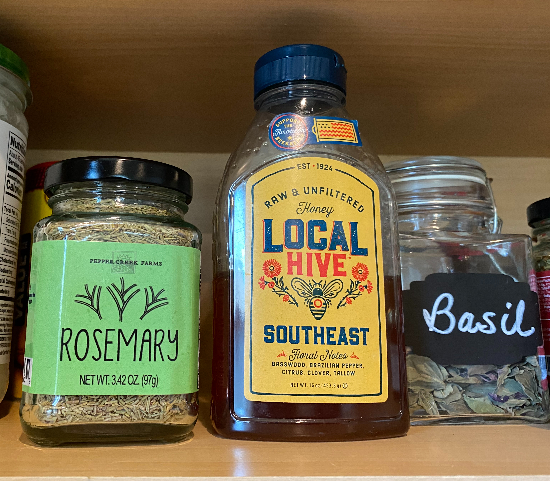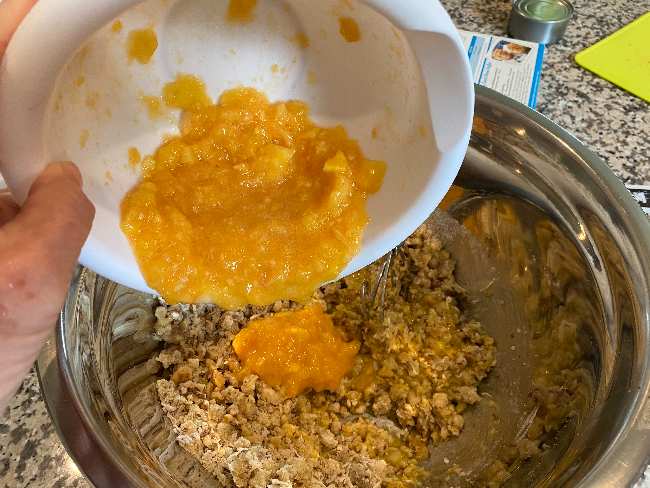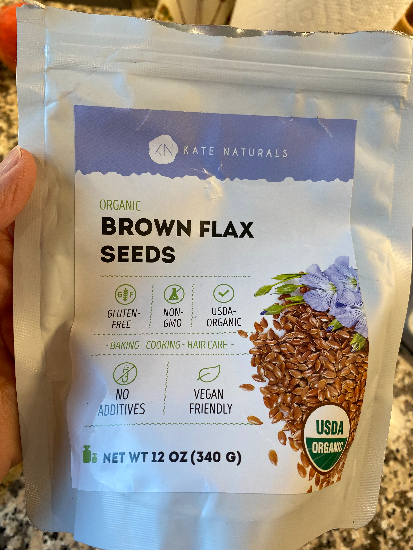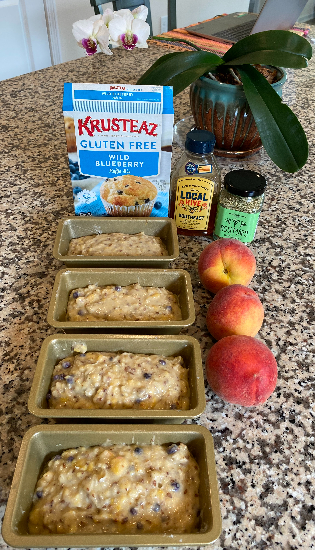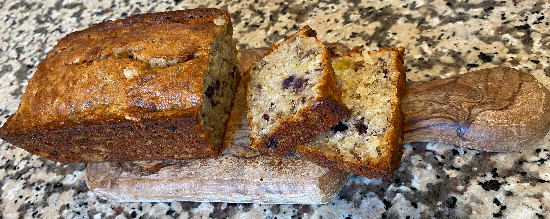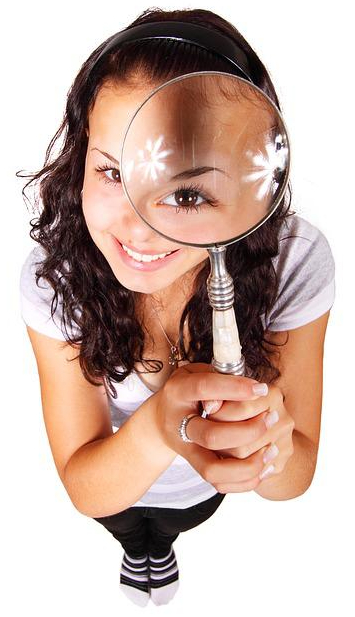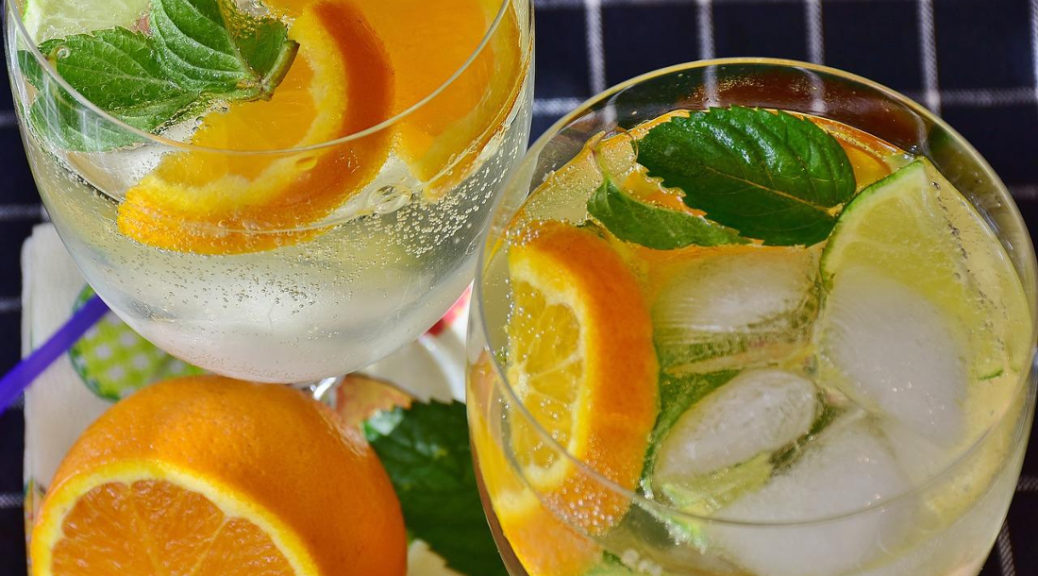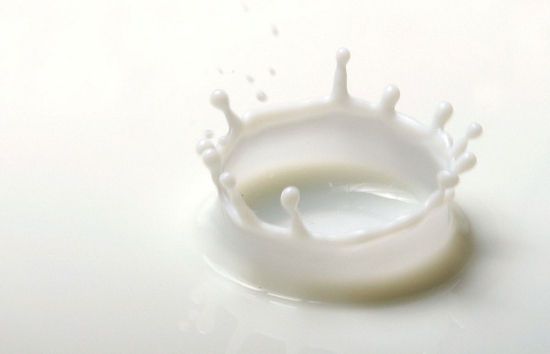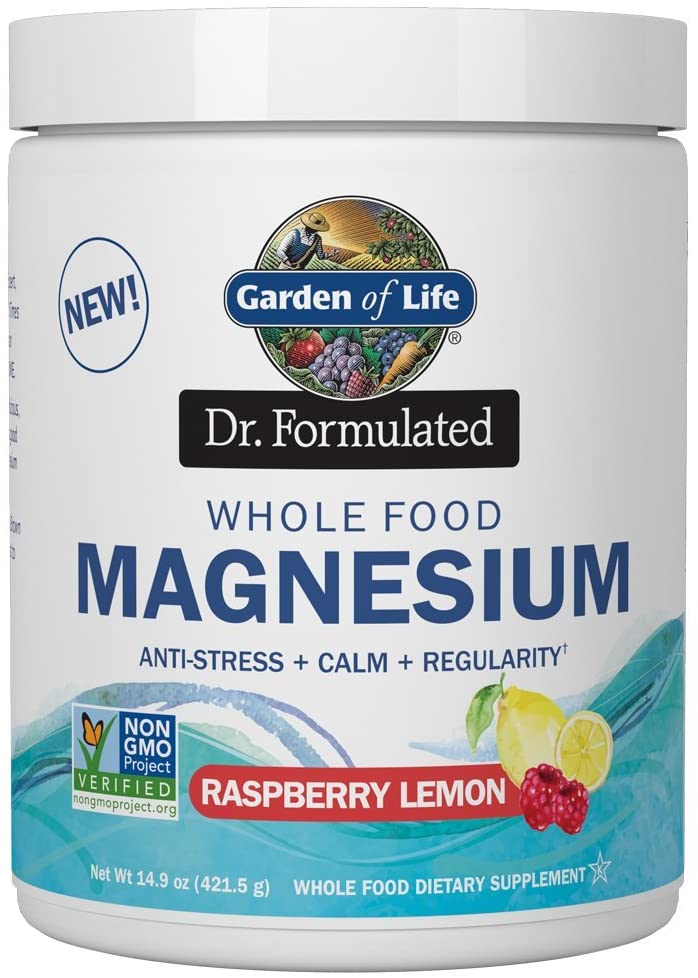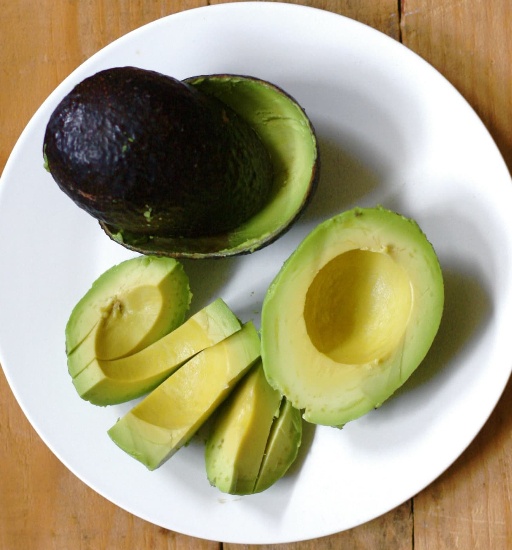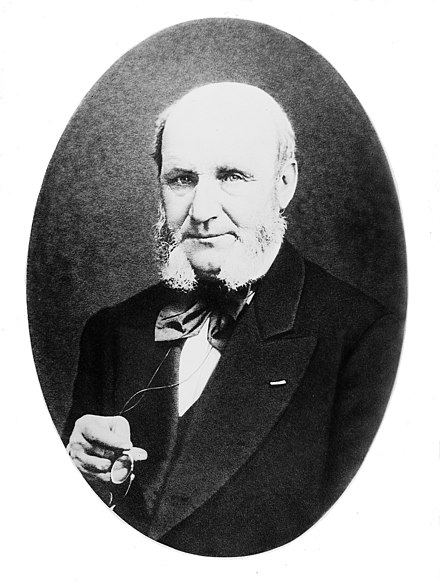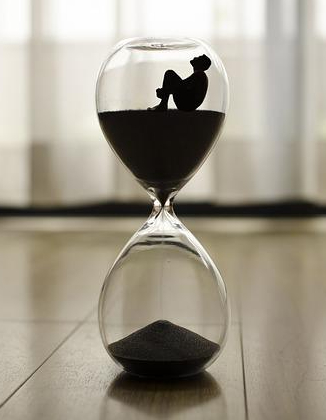Where’s your happy place? That perfect spot which can instantly bring on a release of tension and care?
When I was still teaching, I was sitting in a hot tub at a favorite vacation locale, head tilted back on the concrete edge, letting all the deadlines, reviews, test scores, and graduation ceremonies just slip away from me, while the relaxing bubbles beating my back did their job.
Aaaaahhhh …
Simply remembering and anticipating the return of that moment kept me going those last weeks of the semester. Even thinking about it now, brings on immediate relaxation.
Piecing together information about stress management tools for my up-coming book, Toolkit for Caregiver Emotions and Resilience Building, brought the benefits of both a Guided Grounding exercise and using an Escape Kit to my attention.
What’s happening when we deep dive into a memory for relief?
In initially absorbing an experience and recalling it, we are using all our senses. Each one is engaged to add focus.
Every sense is adding layers of texture and meaning, some mingling with others like the colors of an oil painting at the hand of a skilled artist.
Sit back and close your eyes while you think again of your happy place …
What are you seeing?
Name five things you can see. Ex.: blue sky, beach plane pulling a banner, families splashing around the pool, the couple in the lounge chairs sporting lobster-worthy sunburns, people on their balconies taking in the view.
What are you feeling/sensing?
Name four things you are feeling. Ex.: the warmth of the sun, the sea breeze, the heat and bounce of the water in the hot tub, the texture of the concrete steps.
What are you hearing?
Name three things you are hearing. Ex.: the background chatter of children in the pool, the water bubbling from the jacuzzi, music coming from the poolside DJ.
What are you smelling?
Name two things you are smelling. Ex.: the smell of the chlorinated water, the scent of sunscreen being sprayed on skin.
What are you tasting?
Name one thing you are tasting. Ex.: The last trace of Dove Dark Chocolate.
Driving home from a happy event last night, I could hear the sounds of summer coming through the closed car windows. Was that the night song of cicadas? One group was sounding off and then another group appeared to answer.
Dark of night, moon glow, heat lingering in the air, the pulse of the sounds – I wanted to stay outside for hours just to soak it in.
The cicada conversations sounded different this morning, but I took a short video. Take a moment to experience the sounds of summer with me. Perhaps you would be willing to share some of your moments.
Dive into your five senses right where you are. As you identify what your five senses are experiencing, notice the calming feeling that washes over you.
This is called Guided Grounding and is easy as 5-4-3-2-1.
In health,
Deidre
Click on the MORE button options below to share this lovely, low-tech treat with friends and family.
As an Amazon Associate, I earn from qualifying purchases.
